I wrote this article to published on CloudTech. I am re-publishing here.
Opinion Earlier this week, Gartner released its top 10 strategic technology trends for 2019, and looking at the list, I was not surprised to see edge and blockchain technologies continuing into 2019 from last year.
In 2018, Gartner mentioned the technology trends as ‘cloud to the edge’ where the shift to edge-based infrastructure was predicted from centralised cloud platforms to address challenges related to bandwith constraints, connectivity and latency. Now this year, Gartner is emphasising the empowerment of edge-focused infrastructure due to ongoing substantial growth in digital devices, especially those devices which require analysis response after computation at the data centre end in no time.
Technologies which have enabled intelligence into operations or in devices is what we have been listening to for a long time. Like intelligent or autonomous things, quantum computing, and AI-driven development. In fact, we have seen such imaginary stuff in movie and TV ads as well.
But to actually enable 100% accuracy and delivery of services to end users, it needs a higher capacity network, computational power, and lower latency. Intelligent technologies will be useful only when a response will be real time – otherwise it won’t be much use for people who will engage with AI-based autonomous robots who will think first and respond after ‘some’ time. That would be disastrous.
Take an example of an autonomous car where manufacturers are evangelising its usage across the world to reduce mishaps and allow luxurious long rides. What if a network fails to respond in time which is bringing ‘intelligent’ instruction to the car so that it will take the corresponding action?
All such digital innovation will not be possible without two things; a communication network having lightning speed, almost giving real time experience and, most importantly, an agile response from computing resources of processed ‘intelligent’ data.
This is impossible with cloud, but can be enabled using edge computing. How? Cloud is a centralised data centre equipped with all computing infrastructure with higher capacity to support multiple types of digital communications. Many of the current cloud-based applications are not affected with bandwidth and latency constraints. For example, SaaS applications may not need a rapid response where it will only store data in the application. But the enablement of cognitive technologies for autonomous ‘things’ will be time and latency sensitive. Such possibilities can occur by bringing edge computing into the current communication network.
Looking at a future of having all digital devices serving to end users, there was a need for such edge topology which can give cloud-like performance closer to devices and reduce the burden on network usage. The upcoming 5G, and its feature of multi-access edge computing, will address exactly this.
Take any leading tech vendors – they are all indulged around these technology trends Gartner has listed. They are actively optimising or innovating existing solutions, offering new revolutionary products to support digital growth. But I believe that all the innovation will be consumed by the end user at its fullest when there is continuous upward innovation in IT infrastructure and communication networks. Smart devices can only be smart if they have capabilities to communicate in real time.
Editor’s note: You can find out more about the basics of edge computing architectures, types, use cases, as well as the market ecosystem in 2018, with this eBook which can be downloaded here.
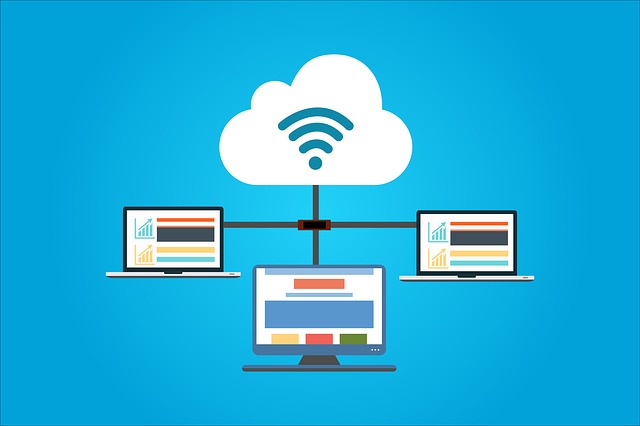
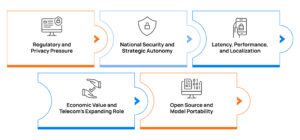

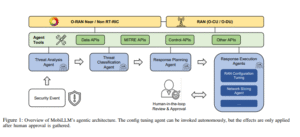
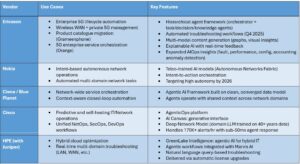
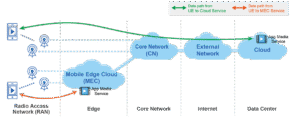
Be First to Comment